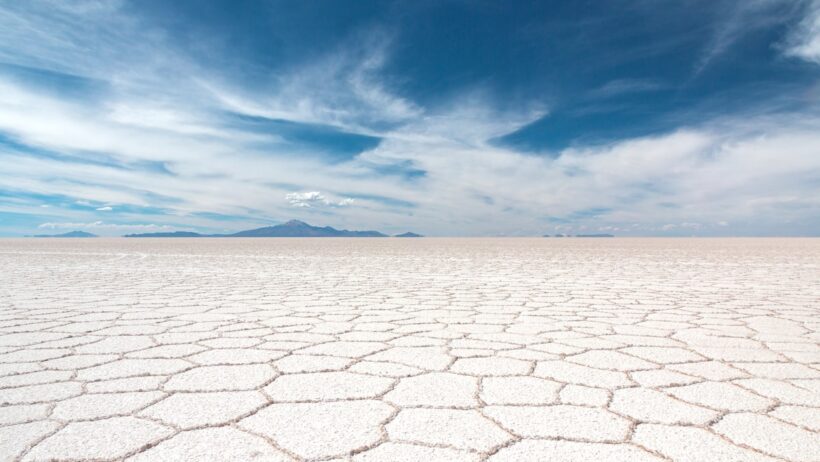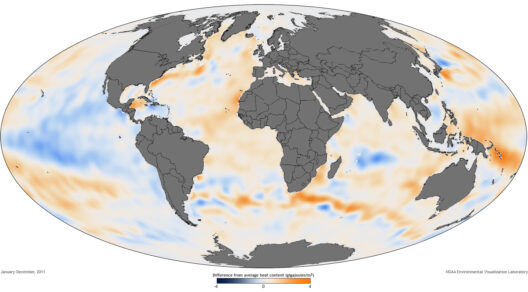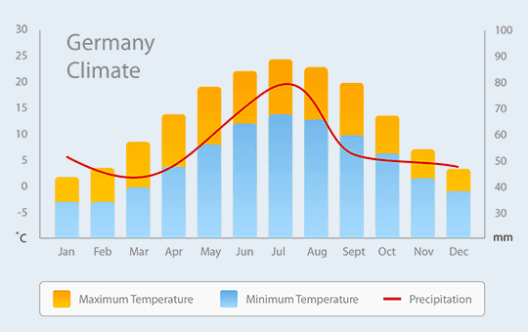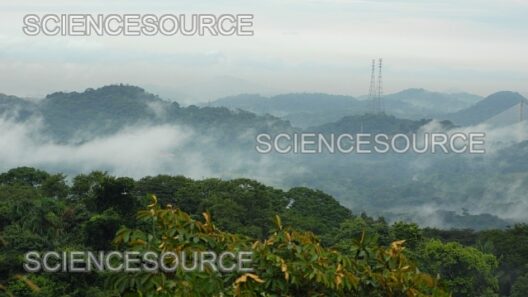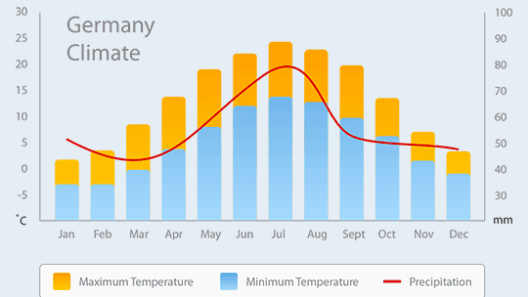Bolivia, a landlocked country nestled in the heart of South America, presents a diverse spectrum of climatic conditions and ecological wonders, shaped predominantly by its topographical variations. Encompassing the majestic Andes mountains, dense jungles of the Amazon, and the expansive Altiplano plateau, Bolivia offers an array of climate zones. This geographical mosaic not only influences the flora and fauna but also profoundly impacts the lives of its inhabitants. What if you were to experience a tropical rainforest, a snow-capped peak, and a dry desert all in a single day? This vivid juxtaposition poses a foundational question: How does altitude and geography shape the climate in Bolivia?
Each region of Bolivia offers a unique climatic identity, influenced primarily by altitudinal variation. The western part of Bolivia, dominated by the Andes, witnesses dramatic altitude changes, resulting in markedly different weather patterns. At lower elevations, such as in the Yungas, characterized by lush valleys and steep hillsides, the climate is tropical and humid. Here, temperatures remain warm, often accompanied by heavy rainfall, particularly during the rainy season from November to March. This region serves as a vital corridor for biodiversity, housing various plant and animal species endemic to the area.
In stark contrast, as one ascends into the high-altitude regions of the Altiplano, temperatures plummet. The Altiplano, home to La Paz and Lake Titicaca, is situated at high elevations, varying between 3,600 to 4,000 meters above sea level. This plateau experiences a predominantly arid climate with minimal rainfall. The average temperatures here can vary significantly between day and night, with scorching afternoons reaching over 10°C (50°F) and frigid nights dipping close to freezing. The stark climatic conditions evoke a sense of resilience found in both the people and the wildlife that inhabit this rugged terrain.
Snow-capped peaks define the landscape of the Andes, with towering summits such as Illimani and Sajama being two notable examples. These mountains create microclimates, which can affect local weather patterns. Highland glaciers and snowfields feed downstream valleys, impacting water availability for agriculture and settlements in lower elevations. As temperatures rise globally, the health of these glaciers is under threat—a dire situation that could foreshadow droughts in valleys that depend on glacial meltwater. The question arises: Will the Andean glaciers withstand the relentless march of climate change, ensuring sustenance for future generations?
Transitioning to the eastern side of Bolivia, the jungles of the Amazon basin create a stark contrast to the arid highlands. This equatorial region is characterized by a tropical rainforest climate, receiving copious amounts of rainfall year-round. The humidity often exceeds 80%, and average temperatures hover around 24°C to 27°C (75°F to 81°F). The dense foliage supports an incredible diversity of life, including countless species of plants and animals, some of which have yet to be discovered. However, the encroachment of agricultural activities and deforestation poses significant threats to this delicate ecosystem. What long-lasting impacts could a diminished Amazon rainforest have on global climate systems and biodiversity?
Bolivia’s varied climate zones also contribute to its cultural richness. Indigenous communities have long adapted to these environmental nuances, crafting lifestyles that are inherently linked to their surroundings. In the Altiplano, for example, farming practices involve growing hardy crops such as quinoa and potatoes, both tolerant of extreme weather conditions. Conversely, in the tropical lowlands, agriculture thrives on crops like cocoa and rubber, highlighting the adaptability of different cultures within Bolivia. Such practices reflect a profound understanding of local climates and ecosystems, an ancient wisdom increasingly threatened by modern industrial agriculture and climate change.
Moreover, the shifting patterns in climate are forecasted to exacerbate existing inequalities faced by Bolivian communities. Those residing in the highlands may contend with food insecurity due to droughts, while those in the lowlands may be impacted by unpredictable flooding events. The interplay of these diverse climates suggests that as global temperatures rise, the ramifications will spiral through different ecological and social systems, creating a web of challenges that will require adaptive strategies.
Bolivia stands at a critical juncture. The dynamically varying climates, influenced by altitude and geography, highlight the essential interconnections between environment, culture, and human livelihoods. As the effects of climate change loom larger on the horizon, mitigating these changes is paramount. Innovative solutions, community engagement, and sustained efforts toward environmental conservation must become central in the fight against climate disruption.
Will Bolivia be able to navigate through the myriad challenges presented by its complex climate landscape? The agency lies not just with the Bolivian people but with the broader global community. By fostering awareness and supporting sustainable practices, it is possible to forge a path forward that respects both the environment and the cultures it nurtures. Igniting a conversation on adaptation and resilience, with a playful push for collective responsibility, can lead to a brighter, more sustainable future for this extraordinary nation.



